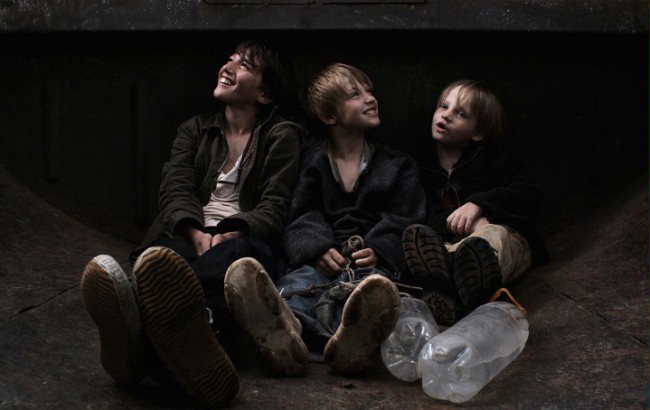Aleksandrów Kujawski is a town located along the edge of the Inowrocław Plain. It was founded in 1834 and was named after Aleksander Sumiński, a Polish nobleman, who belonged to the noble clan of Leszczyc, and owned an estate in Ośno from which Aleksandrowo manor was later formed.
In the mid-19th Century, the town started developing very dynamically, which was a direct result of the decision to build a railway line from Warsaw to Bydgoszcz. As part of the construction work, a location for establishing the future railway station was marked out around Aleksandrów Kujawski, right on the border between the Prussian and Russian Partitions.
That was the starting point for the building of a railway station, which is a facility which enchants people to this day, and which was chosen for a meeting place between the German Emperor William I and the Russian Emperor Alexander II.
It is exactly that visit paid by Tsar Alexander II to which the railway station owes its Neo-Renaissance style and the character of a luxury residence. The existing neoclassical building of the railway station was later extended according to the Neo-Renaissance style, and fitted with luxurious furniture and accessories for the needs of the Tsar and his court. The building featured the fine “royal apartments”, which were in fact chambers designed for honourable guests, the so-called “Tsar’s rooms”, typically established in first-class railway stations.
The railway station became a very-important “overland port” on the border between the Kingdom of Poland and Russia, and the Kingdom of Prussia. It provided luxury services for passengers, and became a spot on the map for great quantities of goods to pass through. During the twenty-year period between the World Wars, the border was redrawn and the railway station lost its significance, soon turning into a provincial train stop.
The railway station building inspired many artistes, for example for Edward Stachura, who lived in the nearby town of Łazieniec, where a festival called “Biała Lokomotywa” (Polish for “A White Locomotive”), dedicated to Edward Stachura, has been held since 1999.
And it was precisely the location where Dorota Kędzierzawska shot a number of scenes for her film “Jutro będzie lepiej/Tomorrow Will Be Better”. The film was shot in the former inspection room, in the Tsar’s rooms, in the former restaurant room, and in the main lounge area. In some of the shots, you can also see the railway station from the outside.
The cultural life of Aleksandrów Kujawski focuses on the Municipal Cultural Centre, which has become a centre for an amateur artistic movement.
The town has also played host to “Ogólnopolskie Konfrontacje Muzyczne “Aleksandrowska Gitariada” (Polish for “All-Poland Music Confrontations”) for 30 years. One should certainly pay attention to “Stachuriada”, an annual festival dedicated to Edward Stachura, which attracts enthusiasts of his artistic work, and to Międzynarodowy Festiwal “Dwóch Cesarzy” (Polish for “The International Festival of Two Emperors”), set up twelve years ago to promote music composed by various composers from different periods of time.
Do you want to visit this place?
Use Google navigation


